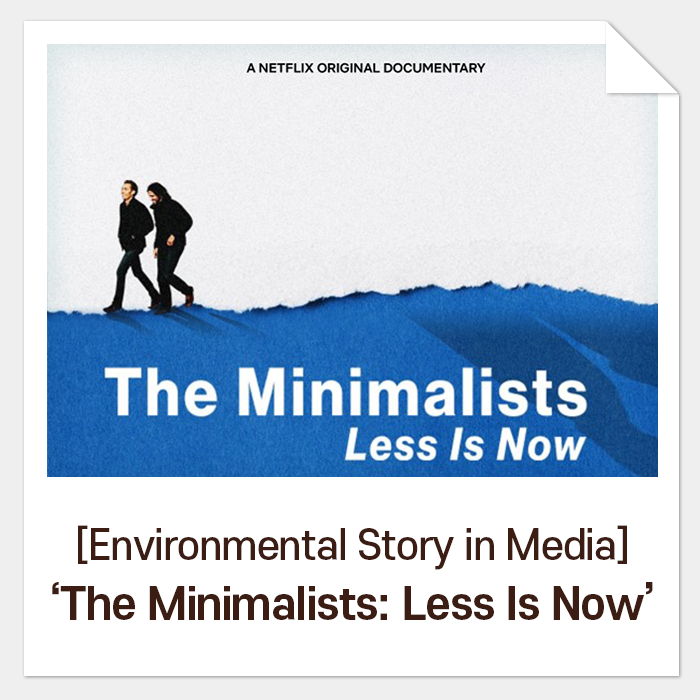[Special Article] Everything About Plastic and Our Choice for Tomorrow 3, The World’s Movement to be Plastic-free (Americas and Europe)_1
Recently, every country has been accelerating to finalize and implement the ban on single-use plastics that was at a halt for a while due to the pandemic. As it is reported that 8 million tons of plastic waste is dumped in the ocean every year, it has been destroying the marine ecosystem and has compromised seafood safety. Witnessing beautiful beaches being covered by piles of plastic waste, the world agrees that we need a more fundamental countermeasure.
For this reason, rePAPER would like to understand and grasp each country’s approach and effort to solve this plastic pollution issue in the following two episodes. Today, we are going to start with the Americas who lead global economic flow and trend and European countries working for the environment as a unit?
1. Americas’ intense battle against plastic
1) The USA
The legislatures of each state in North America began their journey to reduce the use of single-use plastics. As they influence the world's plastic consumption greatly, their active participation is expected to speed up the global plastic-free movement. With California’s lead-up to becoming the first state to ban the use of disposable plastic bags in 2014, many other states including Connecticut, Delaware, Hawaii, Maine, and New York have passed such legislation one after another.
In addition, more and more states are starting to ban EPS (Expanded Poly Styrene: Styrofoam) food containers as well. While they are commonly used for food take-out, they are not biodegradable. Also, not a lot of recycling centers are capable of handling the material that many cities and states have been put the above items on the ban list along with plastic straws, cutleries, and etc.
2) Canada
Canada announced to ban every difficult-to-recycle plastic bag, straw, stirrer, six-pack ring, cutlery, and food container by the end of 2021. It is a part of ‘Zero Plastic Waste’ that the Government is set to accomplish by 2030. Lately, the country even put plastic as a toxic material based on Canada Environment Act and their stringent regulation seems to continue.
In addition, Canada will ask major companies to recover their plastic waste and recycle it to make them take responsibility for plastic production. The government is planning to establish guidelines about recycled material content for each product and how to measure and evaluate and provide such data and provide related tools to help the companies to meet the standards.
3) Central and South Americas
Not only North America, both Central and South America have also been working hard to reduce plastic pollution. They prohibit the sales and distribution of plastic bags and straws while looking for more fundamental changes to cut down on unnecessary plastics. Let’s find out some more details on each country’s actions on plastics.
2. Europe working as a team!
Europe is a national community working most alertly about environmental issues and has always moved a step forward than others. Single-use Products Directives published by the EU also show how determined they are to recover the environment by completely banning the oxo-biodegradable products and the use of Expanded PolyStyrene food containers which have been blamed to cause greenwashing issues.
Furthermore, they made it mandatory to label the plastic products such as cigarettes with plastic filers, cups, wet wipes, and napkins to show their impacts when abandoned in nature. Also, they announced to introduce a deposit return scheme on beverage bottles, the EPR system for packaging and to find ways to improve collecting recyclables from houses and industries.
Other countries in the EU also made additional approaches to reduce the consumption of plastic.
Let’s make a plastic-free world with common standards!
As we learned from the last episode [Plastic disposal], the study shows most of the countries in the Americas and Europe placed in a high rank when considering the waste amount generated per person. Since they contribute greatly to plastic production and consumption, they should collectively consider how to dispose of plastic waste and achieve resource circulation. It is not anymore accepted to toss the waste to another country. When the advanced countries with high technology and abundant infrastructures implement and experience various plastic-free policies and share them with others, wouldn’t we eventually have an ideal model that can be applied throughout the world?
Of course, it could be one of the solutions to make it obligatory to add a certain recycled content in products as some of the countries are trying. However, there is surely a limit to downcycling and it cannot be an ultimate countermeasure. Thus, we should develop and apply recyclable and compostable alternatives that could fit every country’s condition and standards like rePAPER’s environment-friendly paper-based packaging as trying to reduce the use of plastic products as much as possible.
Meanwhile, there are some other countries in Oceania, Africa, or the Middle East that have been taking bold actions for the plastic-free movement in their own ways. In our next episode, we will learn their policies and study how we could create a synergy with other environment-friendly technology and regulations!








Comments
Post a Comment